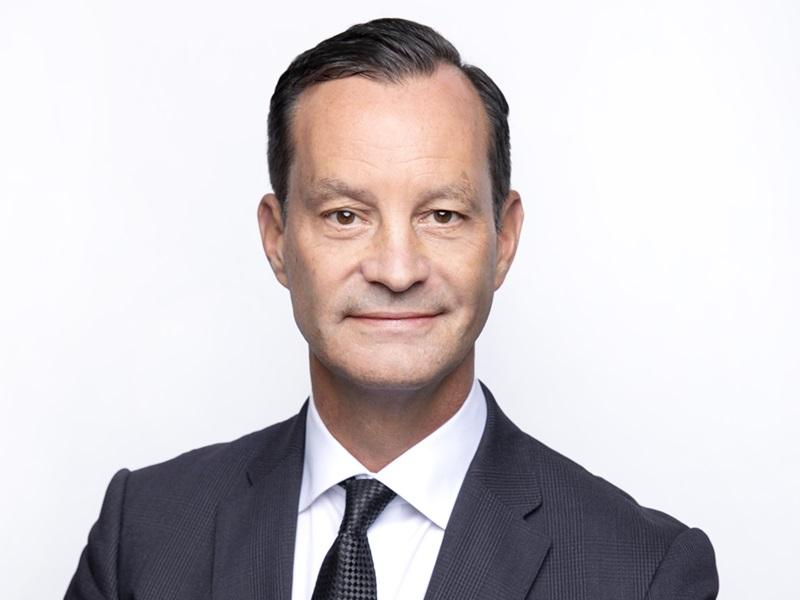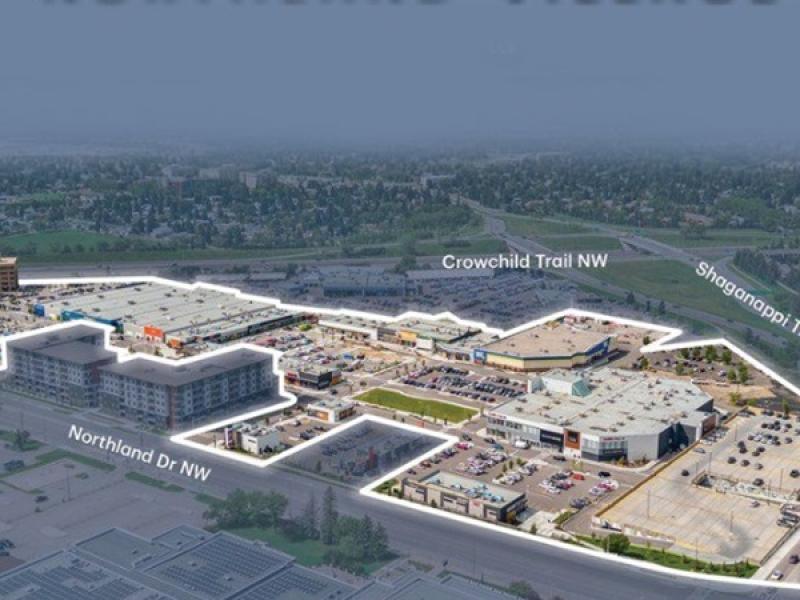
JLL Canada is marking 25 years of operations, a period that has seen it grow a national footprint of over 3,200 employees across 11 offices, deliver more than $1 billion in projects and manage 134 million square feet of real estate.
JLL established its Canadian business in Montreal in 2000 - a market where it continues to have a strong presence - but is now headquartered in Toronto. It offers a range of services, including: leasing; investment sales and acquisitions; value and risk assessments; property and facilities management; project and development services; workplace strategies; and consulting across various sectors.
Alan MacKenzie became chief executive officer of Canadian operations for the global commercial real estate and investment management company in August 2019. He splits his time between Toronto and Montreal and recently spoke with RENX about where the company has come from and where he sees it going.
“We're a public company and of course we want to grow,” MacKenzie said. “That's our mandate to our shareholders.
“However, we're not going to sacrifice quality for growth, ever. So if as we grow we can't actually get better at the same time in delivering our services and our advice to our clients in order to provide an opportunity for them to have better outcomes, we will actually turn down business and internally focus our efforts on getting better first, and then growing second.”
MacKenzie said JLL Canada’s profits have more than doubled since he took over and it’s now working with much larger and more sophisticated institutional clients.
Property and facilities management
This includes property managing the 16-million-square-foot real estate portfolio of La Caisse, which invests on behalf of more than six million Quebecers through 48 pension and insurance plans.
“We never would have qualified for them before, which is nice and we're proud of that,” MacKenzie said. “We significantly increased the value of that portfolio.
“Another example would be a global investment management company like Manulife Investment Management. We’re managing 30 million square feet in Canada of office, industrial and retail for them, and I think we've done a really good job helping them stabilize their portfolio to get ready for the next acquisition run.”
JLL was also recently selected by WestJet to provide facilities management services across a 1.9-million-square-foot portfolio that includes the airline's corporate headquarters in Calgary and 17 airport locations across Canada.
Property and facilities management is recognized as a growth opportunity for JLL Canada because there’s been a trend of companies outsourcing these businesses to third-party experts instead of doing it themselves.
MacKenzie believes JLL Canada can double the size of its property and facilities management operations over the next five years because of the talent in the company and the technology it utilizes to provide “best-in-class” service and cost savings.
Utilizing technology
“Buildings are a natural place for AI (artificial intelligence) to be utilized,” MacKenzie explained. “It teaches us and helps us accelerate and get more accurate with our capital expenditure planning and budgeting.”
JLL is spending over US$500 million globally annually to develop and improve its technology, according to MacKenzie.
JLL’s proprietary AI platform, JLL Falcon, and the related JLL GPT, are also helping in creating building decarbonization plans in an effort to get to net-zero carbon emissions.
“It's not going to replace the people that we've already hired, it’s just going to make them better,” MacKenzie said. “It makes us better at producing and executing for our clients to give them a better chance for more positive outcomes.”
JLL believes if it’s willing to pay a bit more to attract and retain the best people, that will qualify it to work with the best clients, reinvest in its platform and build its brand.
“By Dec. 31, 2030, we would rather the world know that our brand is about being a trusted advisory and consultancy corporation rather than a transactional brokerage corporation,” MacKenzie said.
“We're not going to stop our transaction business because transactions need to occur. But instead of doing one transaction for one client every 10 years because they have an office lease that comes up, we plug the entire intelligence of our global organization into that company for the 10 years.”
Canadian industrial and office real estate
MacKenzie acknowledges today's volatility in the Canadian commercial real estate environment, with rising unemployment, United States-imposed tariffs, reduced consumer confidence and lower immigration.
There’s been an oversupply of new industrial buildings over the past couple of years, but they’re now being absorbed so vacancy rates are falling and not a lot of new facilities will be coming in the near term. This has meant pricing reductions that were occurring across the country are now starting to stabilize, according to MacKenzie.
The office market remains bifurcated, with AAA spaces in high demand and asking for higher rents. Banks and other major employers mandating a return to the office are finding they have a lack of space to accommodate the workers.
MacKenzie believes less-well-heeled owners of B- and C-class office buildings who can’t spend significantly on improvements, or aren’t in highly desired locations, have justifiable concerns.
“I predict that there will be less B- and C-class office inventory in Canada over the next five years because some of it will be repurposed and some of it will get demolished. I don't think any is going to get built.”
Canadian retail
On the retail front, Canadian shopping centres have an availability rate of below 2.2 per cent and no new large malls are being built.
“We're experiencing owners who are being a little bit more picky about the uses that they allow into their shopping centres,” MacKenzie said. “We’re also seeing that the level of financial inducements on a per-deal basis are going down and rents are increasing on both new deals and renewals.”
This is pricing some retailers out of the best locations and into less desirable malls, which will likely lessen their success.
Some retailers in big box centres in areas with less dense populations and public transit access would like to reduce their footprints to improve profitability, and MacKenzie is waiting to see how those situations play out.







